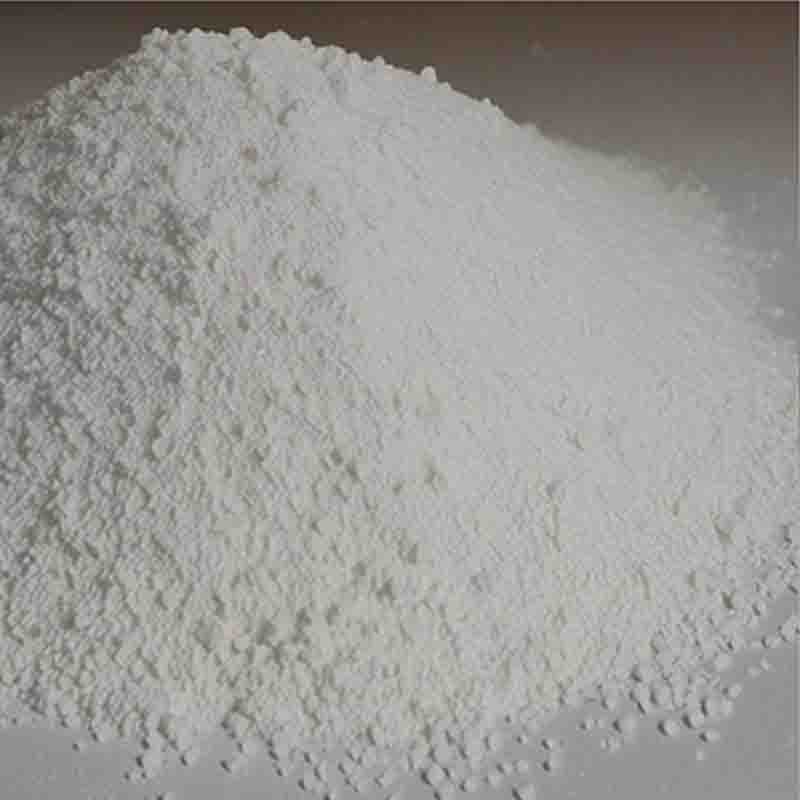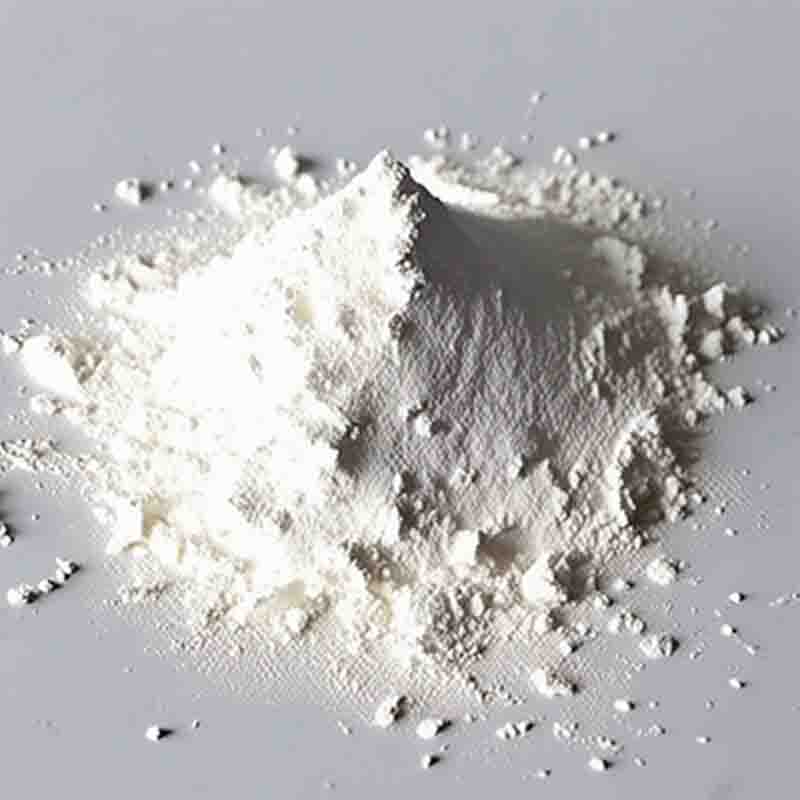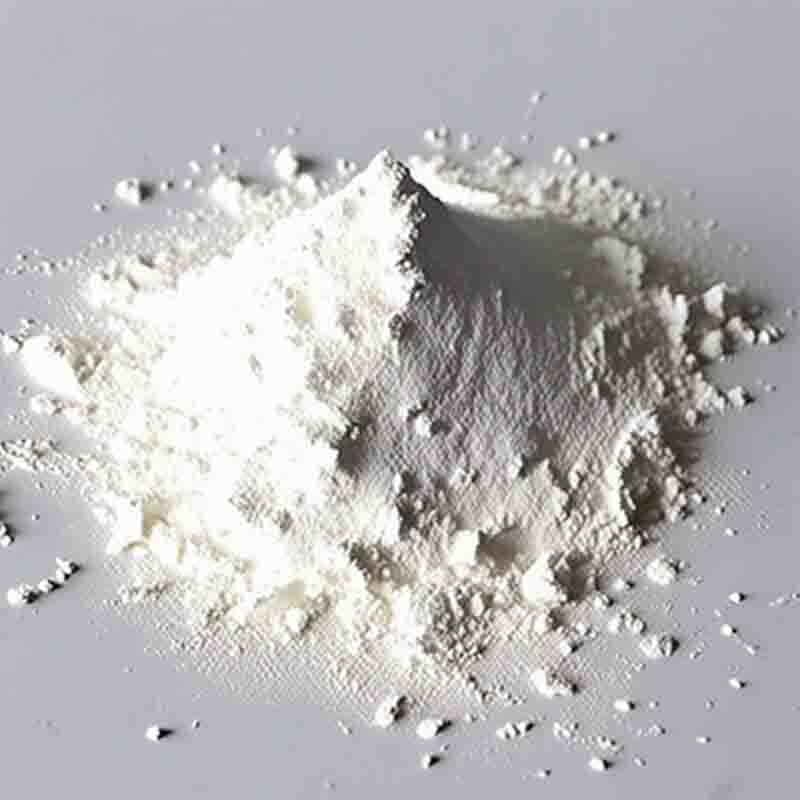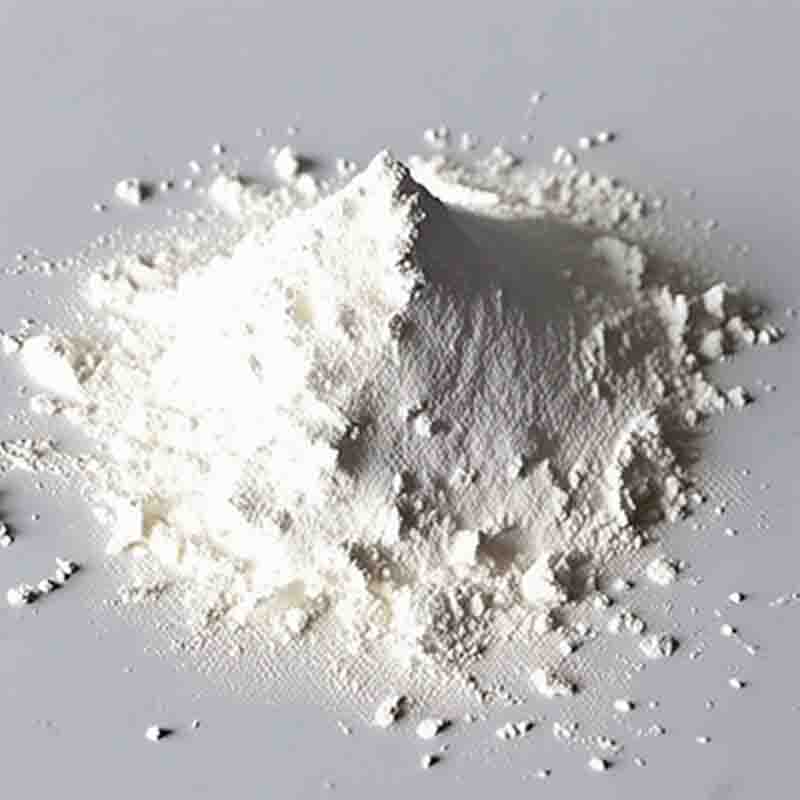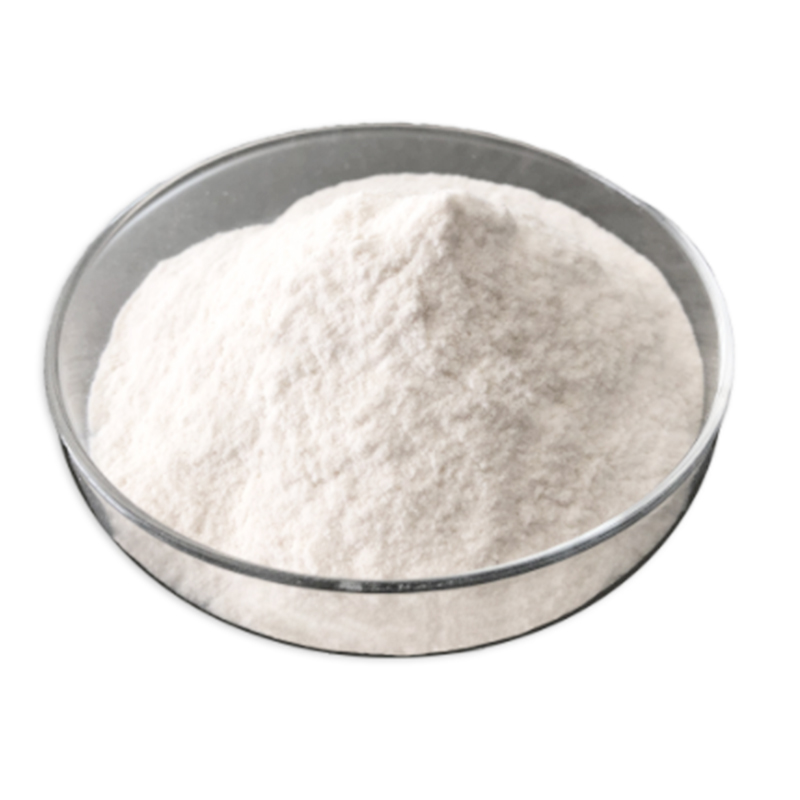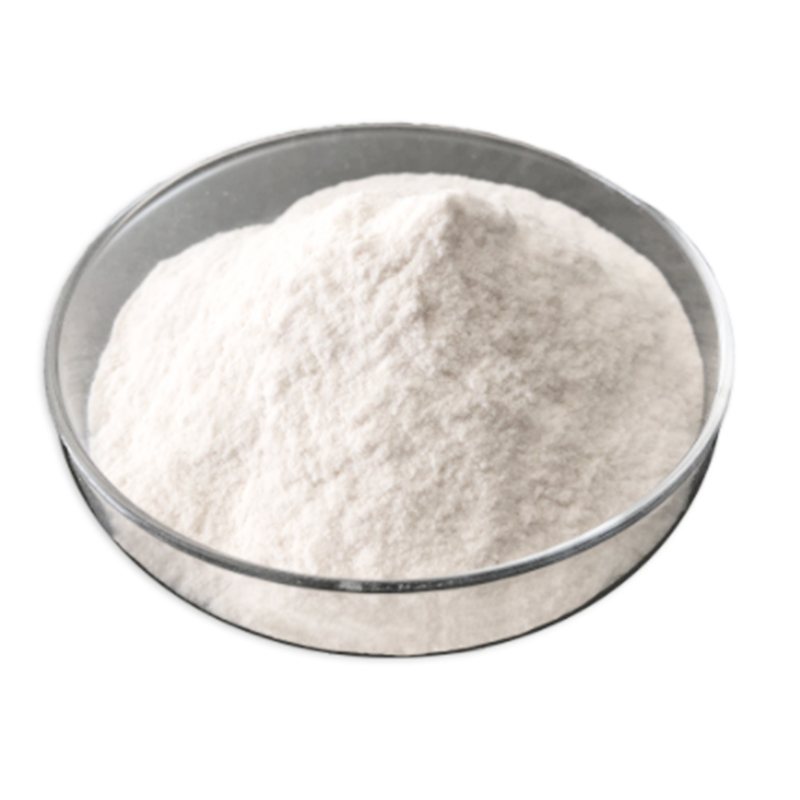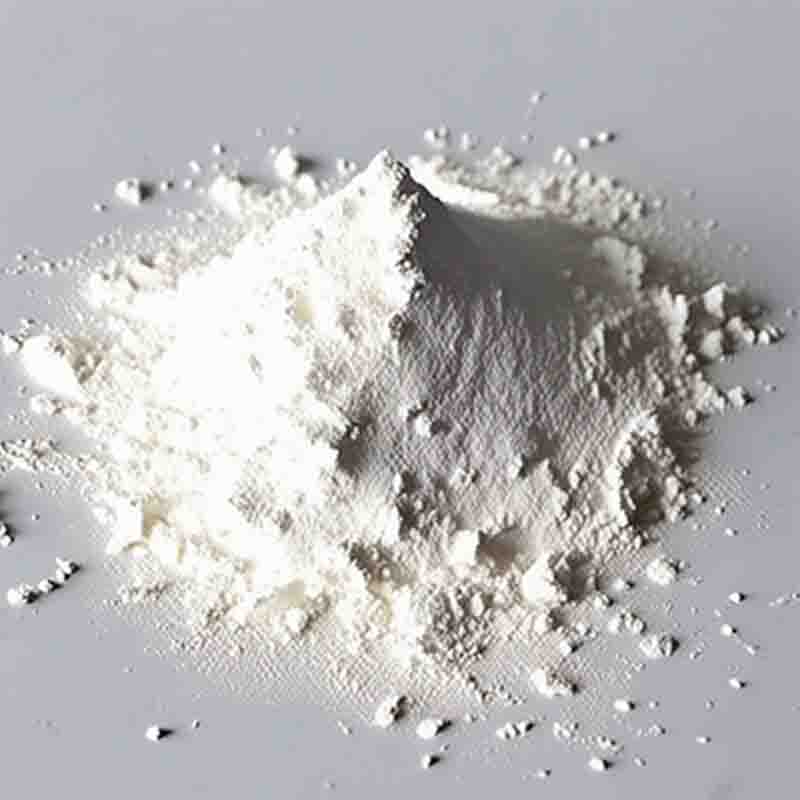Pimelicacid CAS:111-16-0
| Catalog Number | XD95260 |
| Product Name | Pimelicacid |
| CAS | 111-16-0 |
| Molecular Formula | C7H12O4 |
| Molecular Weight | 160.17 |
| Storage Details | Ambient |
Product Specification
| Appearance | White powder |
| Assay | 99% min |
Pimelic acid, also known as heptanedioic acid, is a chemical compound that has several interesting effects and uses in different fields. Here, we will explore its functions and potential impacts.Firstly, pimelic acid is a precursor in the biosynthesis of certain important molecules in biological systems. It is involved in the production of biotin, an essential cofactor for several enzymes involved in various metabolic processes. Biotin is required for the breakdown of carbohydrates, proteins, and fats, and plays a crucial role in energy production. Pimelic acid serves as a building block in the synthesis of biotin, ensuring proper functioning of these enzymatic processes.Additionally, pimelic acid has been found to exhibit antibacterial properties. It has been studied as a potential agent against bacterial pathogens, particularly those causing infections. Some research has indicated that pimelic acid can inhibit the growth of certain bacteria by disrupting their membrane integrity or interfering with their metabolic pathways. However, further studies are needed to explore the full extent of its antibacterial effects and its potential applications in medical and pharmaceutical fields.Moreover, pimelic acid has been investigated for its role in environmental applications. It has been used as a precursor for the production of biodegradable polymers, specifically polyamides. These polymers have gained attention for their sustainability and environmental friendliness. Pimelic acid can undergo polymerization reactions to form polyamides, which can then be used in various industrial applications, including packaging materials, fibers, and coatings. The use of pimelic acid-derived polyamides helps reduce reliance on fossil-fuel-based materials and contributes to a more sustainable future.It is important to note that although pimelic acid demonstrates interesting effects, careful consideration should be given to its use in different applications. The compound may have side effects or interactions with other substances that need to be thoroughly studied and understood in order to ensure its safe and effective use.In summary, pimelic acid is a compound with diverse effects and applications. Its role as a precursor in the biosynthesis of biotin highlights its importance in metabolic processes. It also exhibits antibacterial properties, which may have implications in the field of medicine. Furthermore, its use in the production of biodegradable polymers contributes to environmental sustainability. However, further research is needed to fully understand and harness its potential benefits in various fields.


